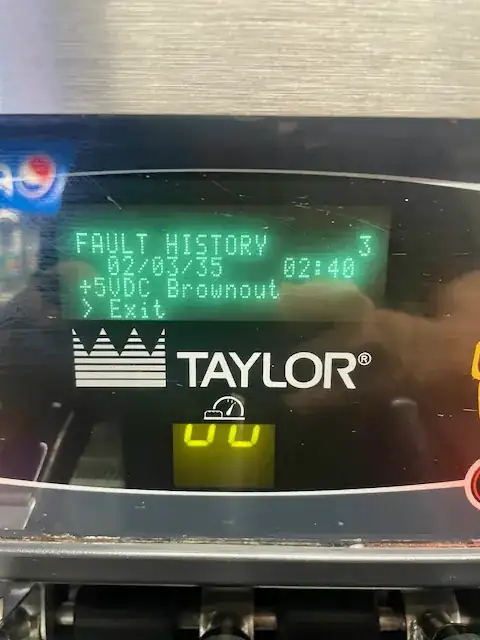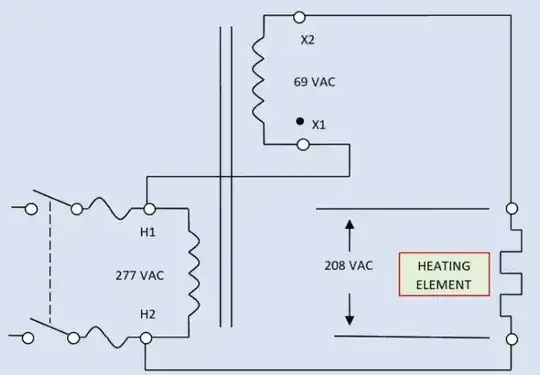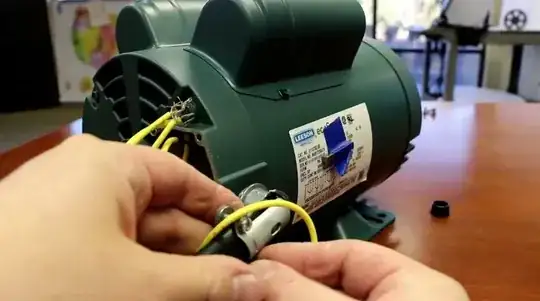Folks,
I have a ice cream on the Walkway over the Hudson in Poughkeepsie, NY. The NYS Park Department provides power: “30AMP 240V” they say. I am running a Taylor c722 softserve machine. It’s happy place is 220v.
The voltage at the outlet is in fact 250v and is wreaking havoc on the electrical components of the machine.
The NYS Park is unwilling to modulate the voltage down at their transformer.
Is there a piece of equipment that I can use to bring down the shore power from 250 to 220v?
UPDATE
This is a single phase machine. There are two beater motors that beat the products into ice cream. The machine was working as expected at our brick and mortar shop. We then moved it to the trailer and plugged into Park power. At that time, the right side motor would make a loud buzzing sound. I took the panels off, and saw the motor struggling to start - basically nudging but not going anywhere. The motor moves freely by hand. The left side of the machine produces ice cream, as expected.
We replaced the right side contactor under advice of the tech that sold us the machine. The contactor was not demonstrating the continuity he was expecting between the various circuits. We fired up the machine with new contactor and same issue.
The tech then sent me a new motor to install. I started looking through the machine faults and noticed a fault that I didn't recognize. I sent to the tech and he ask if there were were power failures, which there have been - i will get to that in a moment. At that point, he asked me to measure the voltage which was 250V at the outlet. He told me that explains a lot and that he could not warranty the machine if the incoming volts are 250V. I asked him what would be ideal and he said 220V.
On the trailer wiring - i have the park power (30A/240V) coming into a breaker panel. There are three breakers in the panel: a main 30A breaker, a 25Amp breaker for the machine, and 15AMP breaker for the rest of the trailer (chest freezer, espresso, blender)
The 15AMP circuit is wired to a automatic switch so that if we overload the circuit, i can isolate the soft serve machine to the park power, and fire up the generator and power the other appliances.
My logic, is that if the machine needs more power it would trip the 25A breaker, but it never has. The rest of the trailer will overload the 15A breaker and we have had to switch to the generator when it's hot. With the machine isolated on the 25A circuit and the others off, the problem persists. When we are testing the machine, the working side is turned off.
I've ordered this step down transformer which I hope will smooth out the power.
How it possible that one side is working and the other isn't, but both were tested on house power. Leads me to believe that something's in the power at the park that that side of the machine... but not the other?
I hope this additional information is helpful.
Best,
PPP


